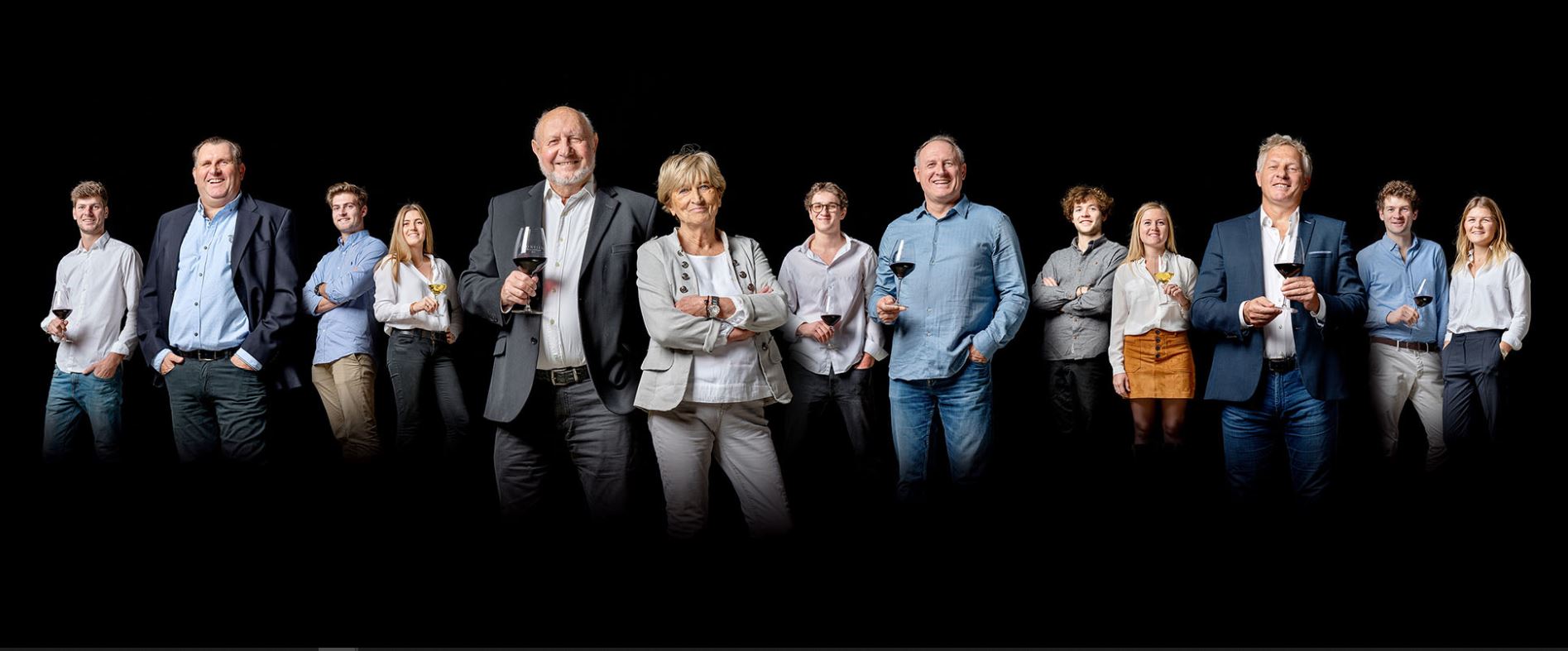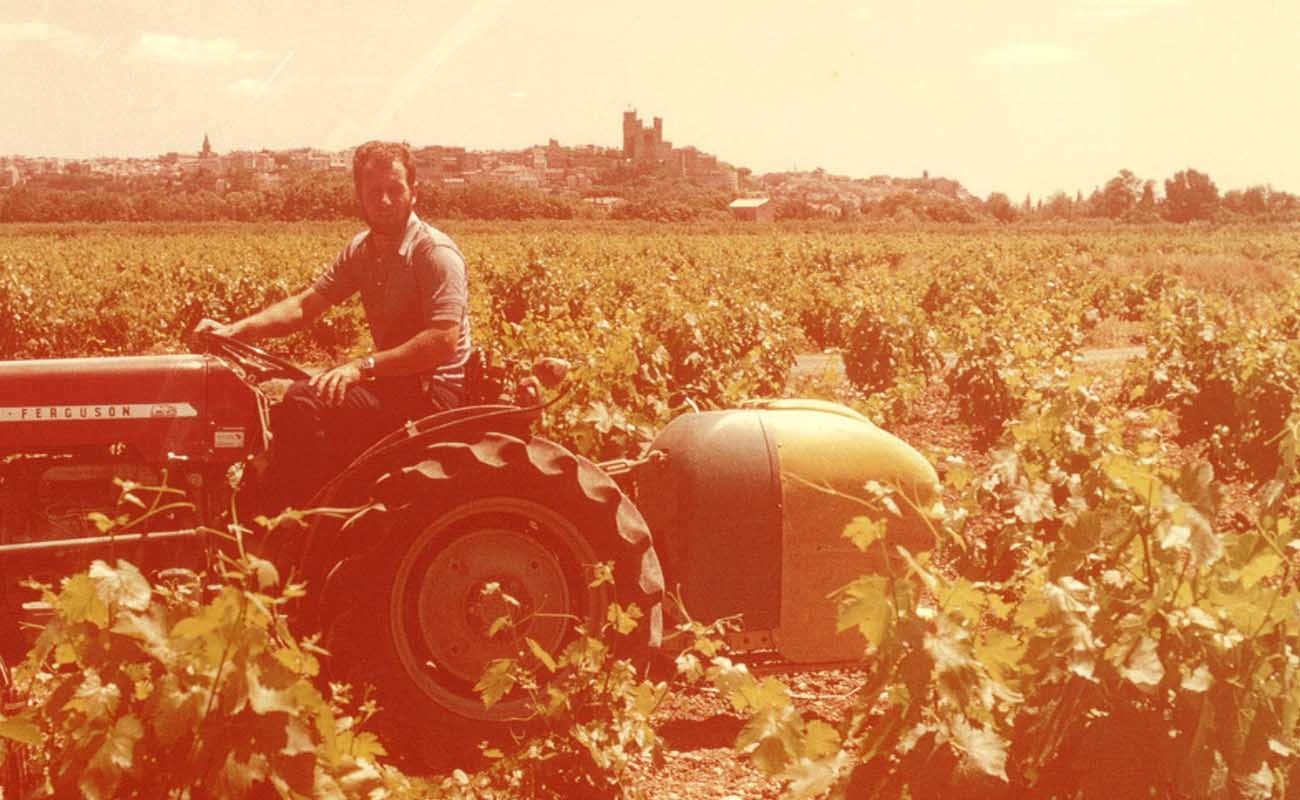
Six generations of the Bonfils family have devoted their life to winegrowing. From Algeria to Languedoc via Roussillon, three generations currently work hand in hand.
Joseph Bonfils was forced into exile in Algeria where he met his future wife Honorine Doveaux. Honorine was the one who started the family farm in the Oran area with extensive vineyards. She would relentlessly continue to plant more, unwittingly sowing the seeds of the Bonfils legacy.

Honorine, one of the first female recipients of the Agricultural Merit award.

Jean-Michel Bonfils arrived at Domaine du Lirou (Béziers – South of France)

Jean-Michel Bonfils was a visionary and at Domaine de Cibadiès (Capestang, South of France) he chose to focus on hillside sites which provided each grape variety with adequate sunshine. He planted Chardonnay and Pinot noir in Languedoc-Roussillon, neither of which were familiar to the region at the time.

Fifth-generation Laurent, Jérôme and Olivier took Vignobles Bonfils on an entirely new course by introducing bottling, thereby moving their wines further upmarket.

Château Vaugelas (Camplomb d’Aude, South of France), the first AOP Corbières estate, was purchased.

Vignoble Bonfils set its sights on export markets, particularly Asia, by establishing the Comptoir Bonfils in Shanghai.

Château Capitoul (Narbonne, South of France) in AOP La Clape (an appellation classified as ‘Grand Cru’ in 2015) was purchased.
Development of the wine tourism business through a major and strategic investment in the capital of Domaine & Demeure.

Château l’Esparrou (Canet-en-Roussillon, South of France), in AOP Côtes du Roussillon, joined the flagship properties in the Vignobles Bonfils portfolio.

After two years’ renovation work, Château Les Carrasses (Quarantes, South of France) was opened to the public and became Vignobles Bonfils’ first high-end wine tourism venue.

Château Villerambert (Caunes-en-Minervois) in AOP Minervois, was purchased. This outstanding property boasts 11 different soil types, including pink marble.

A new wine tourism venue – Château St-Pierre de Serjac (Puissalicon, South of France) – was opened. In the vineyard, the cellar masters capitalise on the influence of the Faugères terroir and plant a wide range of grape varieties.

Respect for the environment and conservation of architectural heritage is an increasingly important core value at Vignobles Bonfils, as evidenced by the re-opening of its iconic La Clape estate, Château Capitoul, at the start of 2021.
